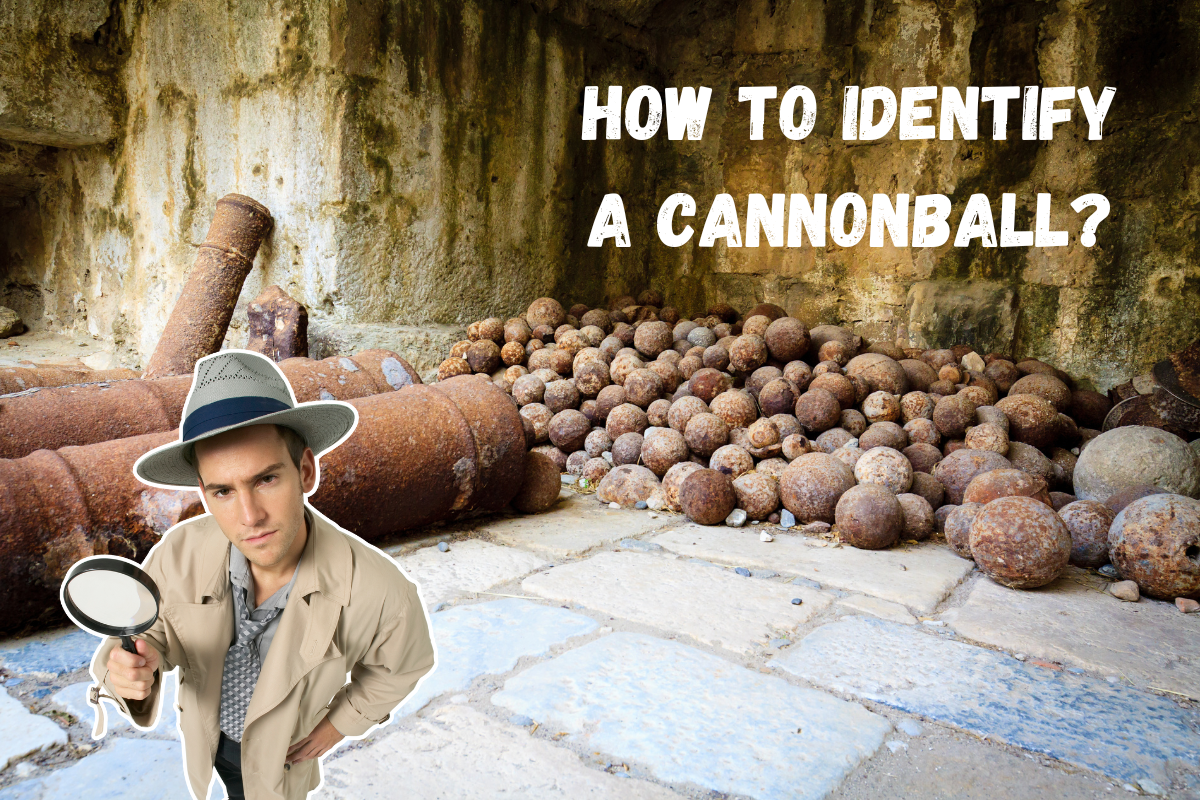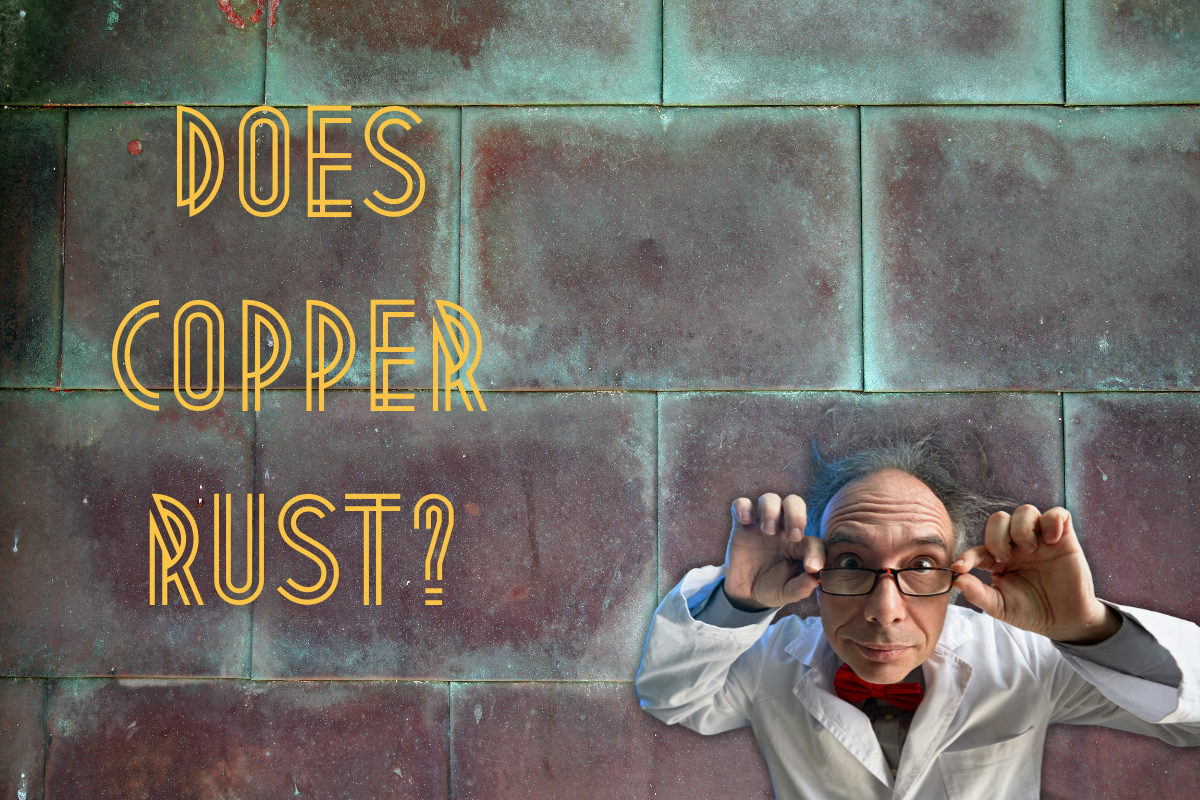True.
Despite the ongoing hype, stainless steel can and will rust for the same reasons other metals do. The misconception lies in the ability of stainless steel to fight off corrosion for an extended duration.
Now, you could go on about your business, happy with your answer. Or keep reading and learn why stainless steel is more complex than you once thought.
I’ll even throw in some tips on how to clean up your stainless steel finds!
Stainless Steel: What You Didn’t Know
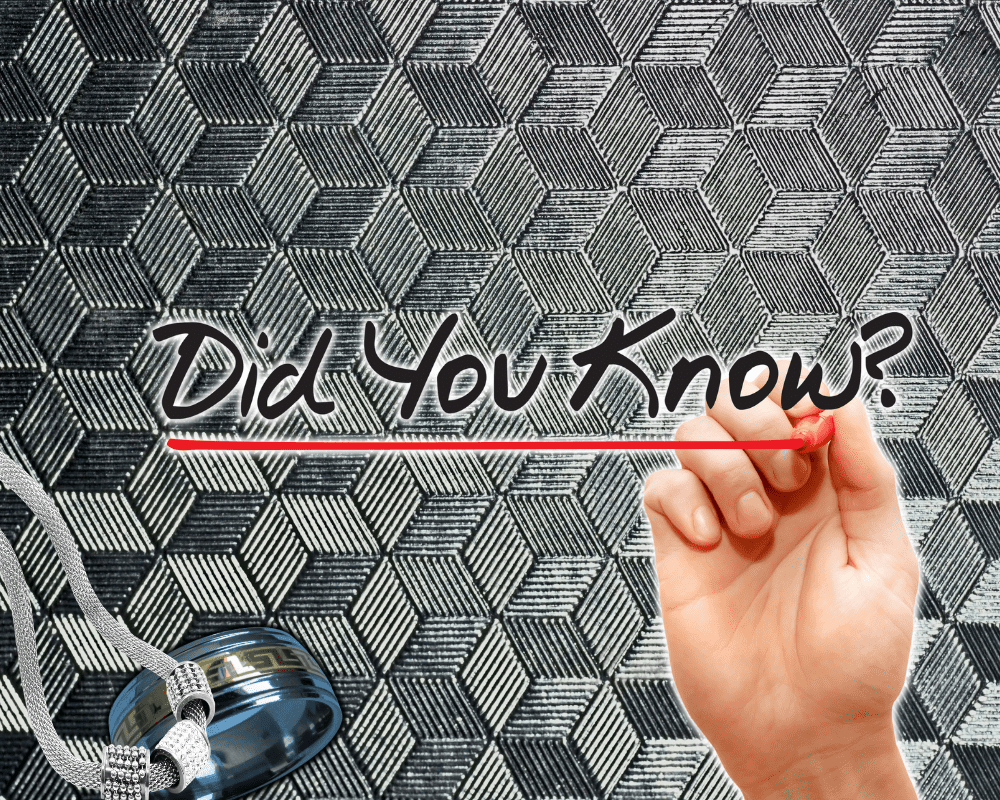
Did you find yourself an old watch buried amongst your dug-up treasures? Or a nice set of rings lost long ago? Whatever the reason you’re here, metal detecting curiosity, or a home rehab project, you need to hear a simple truth about stainless steel before we continue.
There are five types of stainless steel (depending on who you ask) and hundreds of variations from those primary categories. With so many options, you have to rid yourself of the notion that every piece of stainless steel is as rust-proof as the next.
Types of Stainless Steel
Ok, science time!
Stainless steel is a metal alloy consisting of no less than 10.5% chromium, regardless of its nickel content.
Nickel is noteworthy because it’s traditionally used, but not always, to make stainless steel a more adaptable alloy while not hampering its corrosion impediment.
If we’re characterizing it by crystalline structure, there are five types of stainless steel. These are austenitic, ferritic, martensitic, duplex, and depositional hardening stainless steel.

Each has pros and cons, and with that comes varying degrees of rust resistance. Out of the five types, austenitic is the most prevalent type of stainless steel used today. And within that type are several stainless steel grades given specific properties. Sometimes with more nickel or nitrogen. Sometimes with less.
One of the more common austenitic stainless steel grades is 304, which generally has a chromium content of 18%.
Remember that! It plays a role in the forming of rust.
While 304 stainless steel is made to be adaptable with characteristics like strength, malleability, and corrosive resistance, it can still rust in the right environment.
This brings us to the how. How does a metal so good at fighting back corrosion suddenly start to rust?
What Can Cause Stainless Steel to Rust?
The four causes of rusting in stainless steel are pitting, crevice corrosion, galvanic corrosion, and general corrosion. Each of these attacks metal differently. Either through direct contact, chemical reactions, lack of oxygen, or long-term exposure to heat and liquids.

But before I advise you on how to identify typical corrosion, let me start by telling you how stainless steel counteracts rusting.
The chromium element in stainless steel protects the metal’s surface by creating a passive oxide layer adept at keeping out environmental and chemical factors that lead to rusting.
If the oxide surface film is damaged, it will renew to protect stainless steel as long as there is enough chromium content. However, it’s not a regenerative element. Eventually, the chromium portion will dwindle and leave the surface vulnerable.
To put it another way, complete failure of the passive layer (chromium) will leave stainless steel susceptible to rust.
Does Stainless Steel Rust With Water?
If your new stainless steel treasure was found in a nearby creek or while out combing the beach, don’t be surprised to see a bit of rust.
The rumor is that stainless steel is a lovely metal that won’t rust with water. Eh, yes and no.

Regular, clean water will only corrode stainless steel if it’s submerged for a long time. The liquid with more bite that speeds up the process is salt water and chemically treated (chlorine) water.
Salt water is more harmful to the protective chromium alloy because the salt is made up of ions like chlorine. So, just like in treated pool water, the corrosive process is hurried by the environment, quickly degrading the passive layer.
The traditional sign of water-related rusting is pitting, or the presence of small holes on the metal’s surface.
Does Stainless Steel Jewelry Rust?
As for any jewelry you’ve found, or even those tucked away in a jewelry box…without special care, rust is a natural outcome. The most common cause of rust in stainless steel jewelry is exposure to chemicals, water, and other metals.
If we’re talking about the jewelry you found metal detecting, it’s no surprise rust exists thanks to the constant flow of underground water, lack of air, and possible contact with other buried metals.
But if you’re worried about signs of rust on the regular pieces you wear, you should know that your jewelry can rust.
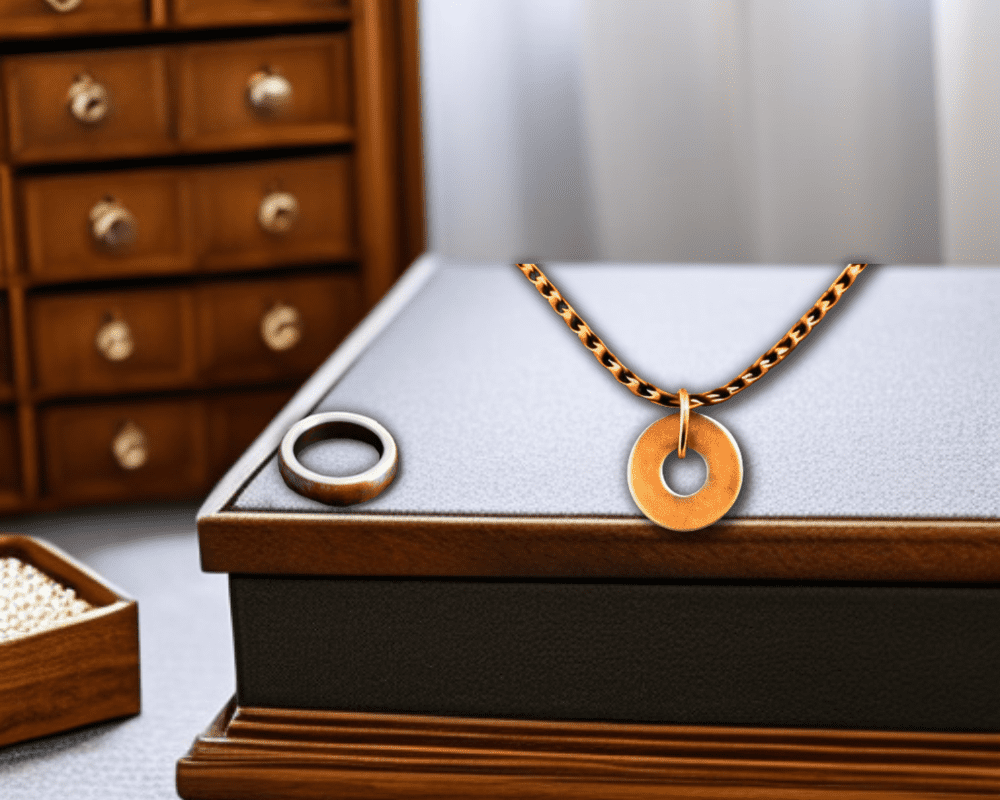
Besides exposure to water, you also have to worry about the chemicals in your makeup and perfumes. And if your stainless steel jewelry was thrown into a box with other castaway rings, the rubbing and simple contact between different metals will eventually affect the surface quality of stainless steel, leading to rust.
But don’t worry. That can be fixed and even prevented. We’ll get there in a minute.
How Long Does It Take for Stainless Steel to Rust?
We accept that stainless steel isn’t impenetrable to rust. And we know how it happens. But can you guess how long it takes?
A long time.
I can’t give you an exact number because the time frame would alter depending on the type of stainless steel, the environment in which it exists, and other contributing factors. But it’s still going to be a long time.

In 2007, a study between NIST and the INL (Idaho National Laboratory) was published. It detailed the results of a long-term underground corrosion test on stainless steel, of which 24 samples were buried 2 and a half feet deep.
NIST reported on findings in intervals of 1, 2, 4, and 8 years. INL concluded the test by examining the status of the stainless steel after a whopping 33 and half years. The soil was consistently tested for pH levels, and each metal sample had a comparative piece of stainless steel to check variations in the same environment.
The results varied, yet had one crucial similarity.
While inconsistent evidence of pitting and other invasive signs of corrosion began to show anywhere from one year underground to the end of the trial, a visible rust stain almost never occurred before the 33-and-a-half-year mark.
In addition, the corrosion appeared to be localized. For instance, two samples of the stainless steel grade 202 were buried in the same plot. After 33 years, one had signs of invasive undercutting and severe pitting. The other had less intense pitting and no undercutting but had clear traces of rust stains.

I’ll repeat my answer. There’s no way to tell how long stainless steel will take to rust since too many factors come into play. But you’ll be waiting a long time for sure.
How to Prevent Stainless Steel From Rusting?
So if you have a long time until your stainless steel jewelry or recent treasures begin to fade, what can you do to push off the inevitable?
Well lucky for you, that’s easy.
Preventing stainless steel from rusting requires you to keep it clean and dry, and regularly apply a protective coating as an extra barrier against corrosion.
If you do get stainless steel wet, be sure to dry it before putting it away. Cleaning stainless steel should be done with a soft cloth made of cotton or a similar material. If you use an abrasive material, you could scratch away the chromium oxide that naturally protects your metal.
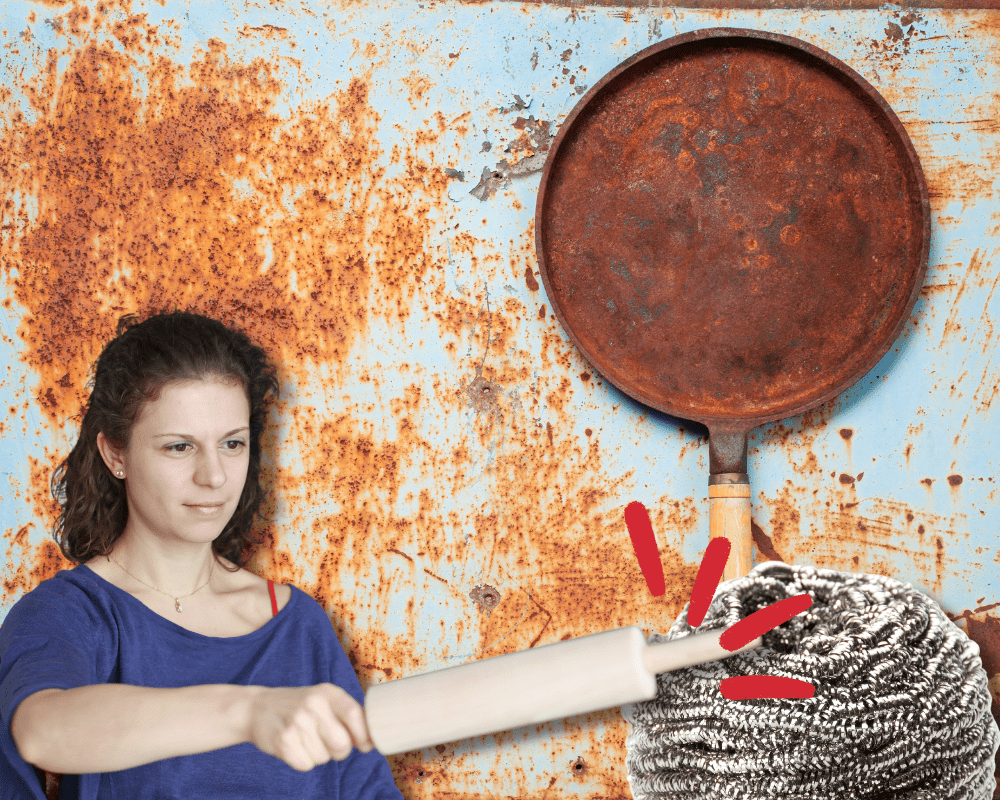
Finally, tons of solutions are available as an extra passive layer to your stainless steel, like polyurethanes and epoxy. Just ensure you’ve thoroughly cleaned the surface of any debris, or they’ll be trapped under the new coat.
What is the Best Homemade Rust Remover?
For those of you who’ve found an interesting stainless steel piece that needs a little TLC, safely removing rust doesn’t have to be impossible.
Sure, you could buy some extra tough stainless steel rust remover. But most of the time, all you need is already sitting at home.
There are loads of great mixtures I’ve read about, but my personal experience has led me to trust this three-part mixture.
The best homemade rust remover I’ve ever used on my stainless steel is a combo of regular tap water, baking soda, and white vinegar, but lemon juice will do in a pinch.
But please, don’t ever use steel wool or anything near as destructive as that. I’ve seen this recommended, and it blows my mind. You might as well throw away your stainless steel.

- To remove rust at home, minimally clean the surface area to clear any loose particles.
- Spray a little water over the rusty stains. Don’t soak it! You just want enough for the baking soda to mix with.
- Now sprinkle the baking soda over the area and let it sit for 20 minutes.
- Next, spray or drizzle your acidic solution (vinegar or lemon juice) over top of the baking soda. Let that sit for another 10 minutes.
- Take a brush and scrub until your arms fall off. The type of brush doesn’t matter as long as it’s not too abrasive.
- Rinse down the stainless steel and dry thoroughly.
I hope that helps. And I hope you got all your rust-driven questions answered. Check out my cleaning series if you have any other dug metals you need cleaning up. My article on cleaning iron has come in pretty handy!



